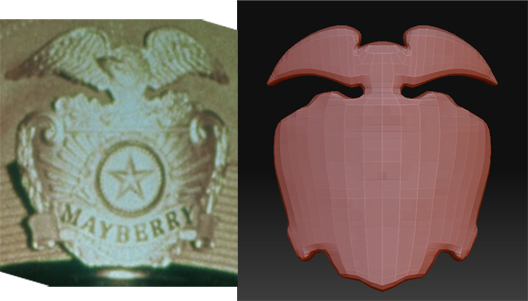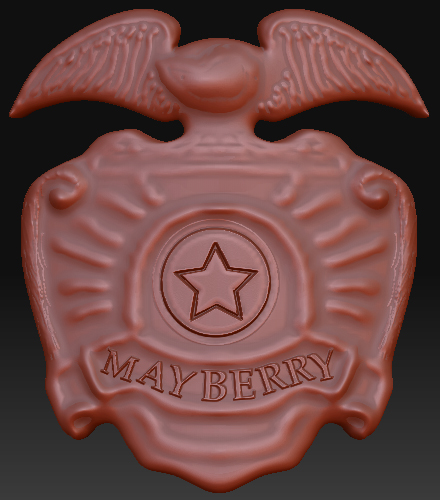I was wondering if anyone knows how to make a badge. I’m sure its fairly simple ,but can’t seems to wrap my head around it. My goal is to make a base mesh for the badge and sculpt in the detail in Zbrush.
I tried creating the outlines in AI then imported into 3dsmax, extruded my spline. But when I imported the spline it made like a 1000 vertices around the edges and left the front and back faces blank. So I tried tessellating it. no luck. I Subdivided it and it gave me some geometry , but nothing really good enough to work with in zbrush. Does anyone know of any tutorial on how to make badges or even a tut on a detailed belt buckle might work.
I think I going to try and retop my current base mesh and see if that will work.
Let me know what you guy/girls think.
Thanks,
-C

